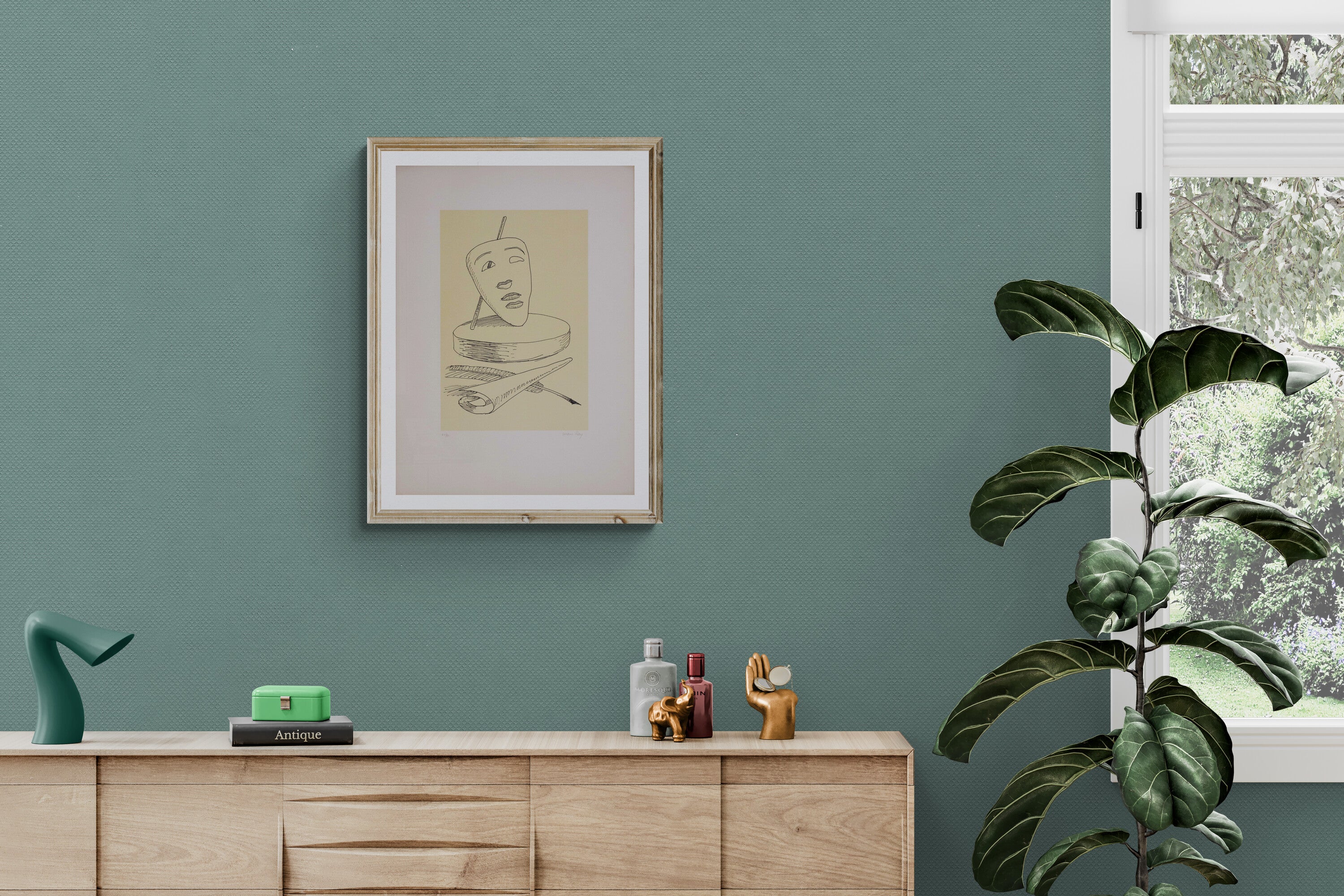Mario Avati biography
Mario Avati

Mario Avati was an Italian painter and engraver of the second half of the twentieth century and one of the leading exponents of the mezzotint technique after Yozo Hamaguchi. Of Italian origin, Mario Avati was born in Monaco on May 27, 1921. Still very young, he moved to France, where he first attended the School of Decorative Arts in Nice and later the National Superior School of Fine Arts in Paris, the city where he would spend most of his life. He graduated just twenty years old and already in 1947, also thanks to the influence of the master Édouard Joseph Goerg, then an icon in the world of engraving and illustration, he began to explore the techniques of etching and aquatint engraving. The following ten years were characterized for Mario Avati by experimentation: in fact, he spent them deepening and refining his knowledge in the field of engraving, progressively approaching mezzotint, of which, already in 1957, he became one of the leading international exponents.
Mezzotint, also known as mezzotint, is one of the most complex and sophisticated engraving techniques ever developed, capable of creating works with great visual impact thanks to the contrast between light and shadow. The well-known art historian Jean Adhemar wrote in his works: "Avati's mezzotint expresses a strange and devastated universe." The mezzotint of the Italo-French engraver is indeed imbued with surrealism, although the subjects of his engravings are generally simple still lifes such as fruits, flowers, animals, or musical instruments.
The artist, moreover, is known for being particularly meticulous, especially regarding the choice of materials: he used almost exclusively very high-quality rag paper. Mario Avati also handled the entire lithographic process himself, aware of how delicate the mezzotint process was and how fragile the works created in this way were.
In 1955 he held four prestigious exhibitions in London, New York, Los Angeles, and Tokyo, and in 1967 he collaborated with the Tamarind Institute, one of the most renowned lithography workshops, a branch of the University of New Mexico based in Albuquerque.
In 1965 at the Paul Proute Gallery in Paris, one of Mario Avati's most prestigious and extensive exhibitions was held, and on this occasion the artist himself sent a special invitation brochure, illustrated by him in mezzotint, to a select group of friends and loyal clients. From 1969 onwards, Mario Avati switched to color, still using the mezzotint technique but adding watercolors.
Throughout his career he received numerous awards and honors, including the Critics' Prize in 1957, the gold medal at the first Biennial of Engraving in Florence in 1969, and the Nahed Ojjeh Prize from the Academy of Fine Arts in 1997. Furthermore, he was part of the Society of French Painters and Engravers and was a distinguished member of the National Committee of French Engraving (now called the National Print Committee).
Mario Avati died in Paris, the city where he worked and lived for almost his entire life, in 2009.



